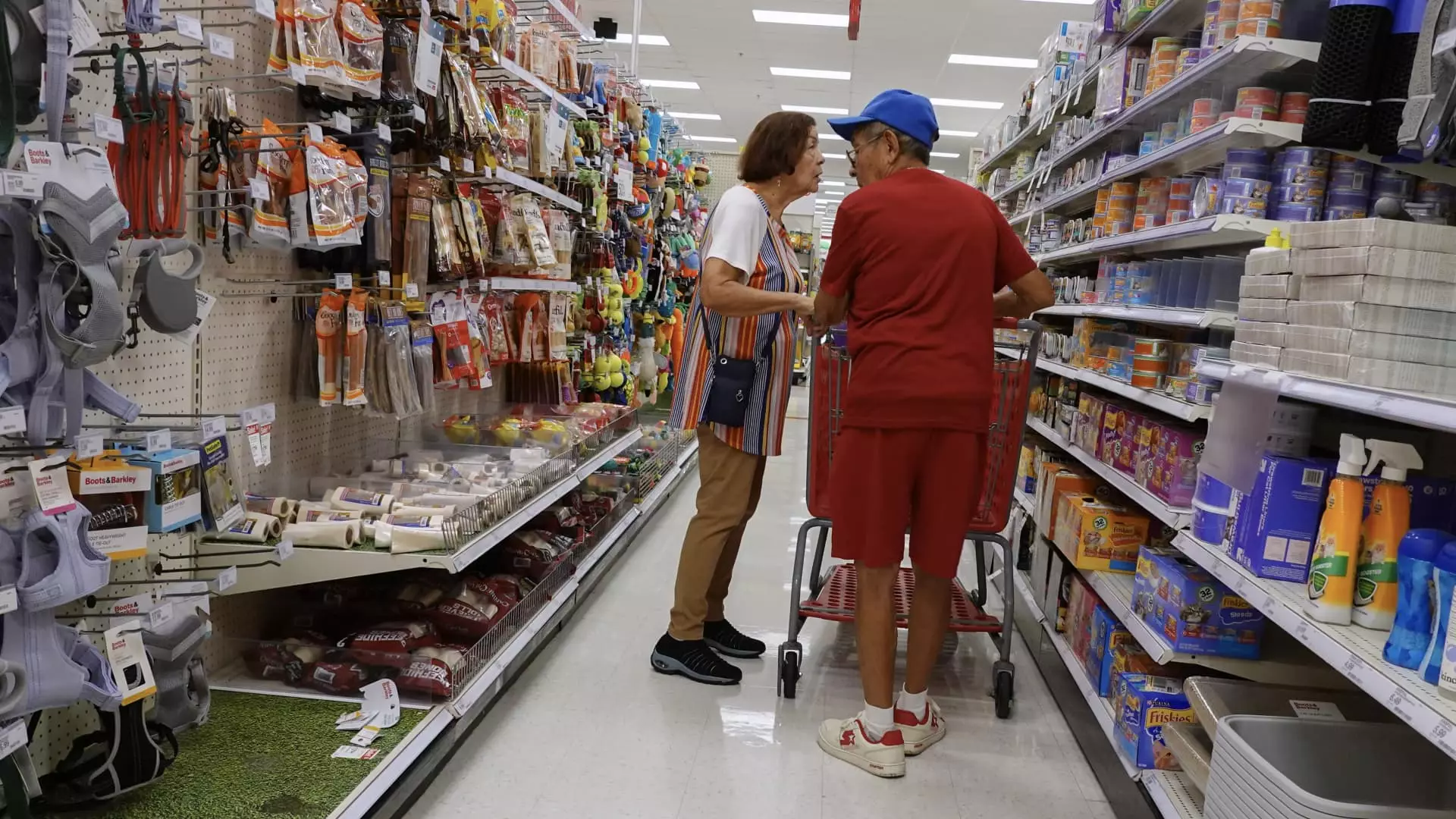Despite data pointing towards a strong U.S. economy, a significant portion of the population holds a different belief. A recent survey conducted by Affirm revealed that approximately 60% of Americans think that the country is currently in a recession. This perception is fueled by rising costs and financial difficulties faced by individuals, leading them to conclude that the economic downturn began 15 months ago and may continue until 2025. Such sentiments highlight the disconnect between economic indicators and public perception.
The impact of persistent inflation is evident in the daily struggles faced by households across the country. Vishal Kapoor, Senior Vice President of Product at Affirm, noted that the confidence in the U.S. economy is at a low point, prompting consumers to seek ways to regain control over their finances. A Guardian/Harris poll from May further emphasized this point, with 56% of respondents expressing their belief in the existence of a recession despite the continuous growth in the gross domestic product.
The financial strain on American households has led to the depletion of savings and a reliance on credit cards to meet essential expenses. The gap between economic performance and individual financial well-being has raised concerns among economists, who suggest that a significant portion of the population is excluded from the benefits of wealth creation. This disparity has been described as a “vibecession” by Joyce Chang, Chair of Global Research at JPMorgan, highlighting the uneven distribution of economic prosperity.
As households grapple with escalating prices and higher interest rates, signs of financial vulnerability are becoming more pronounced. A concerning trend identified by the New York Fed is the rising number of consumers falling behind on their credit card payments. Approximately 8.9% of credit card balances transitioned into delinquency over the past year, underscoring the challenges faced by individuals in maintaining their financial stability.
The discrepancy between the perceived state of the U.S. economy and its actual performance underscores the complex nature of economic dynamics. While macroeconomic indicators may point towards growth and stability, individual experiences and sentiments paint a different picture. As policymakers and financial institutions navigate these contrasting realities, addressing the underlying issues of financial insecurity and inequality becomes imperative to ensure a more inclusive and sustainable economic future.

